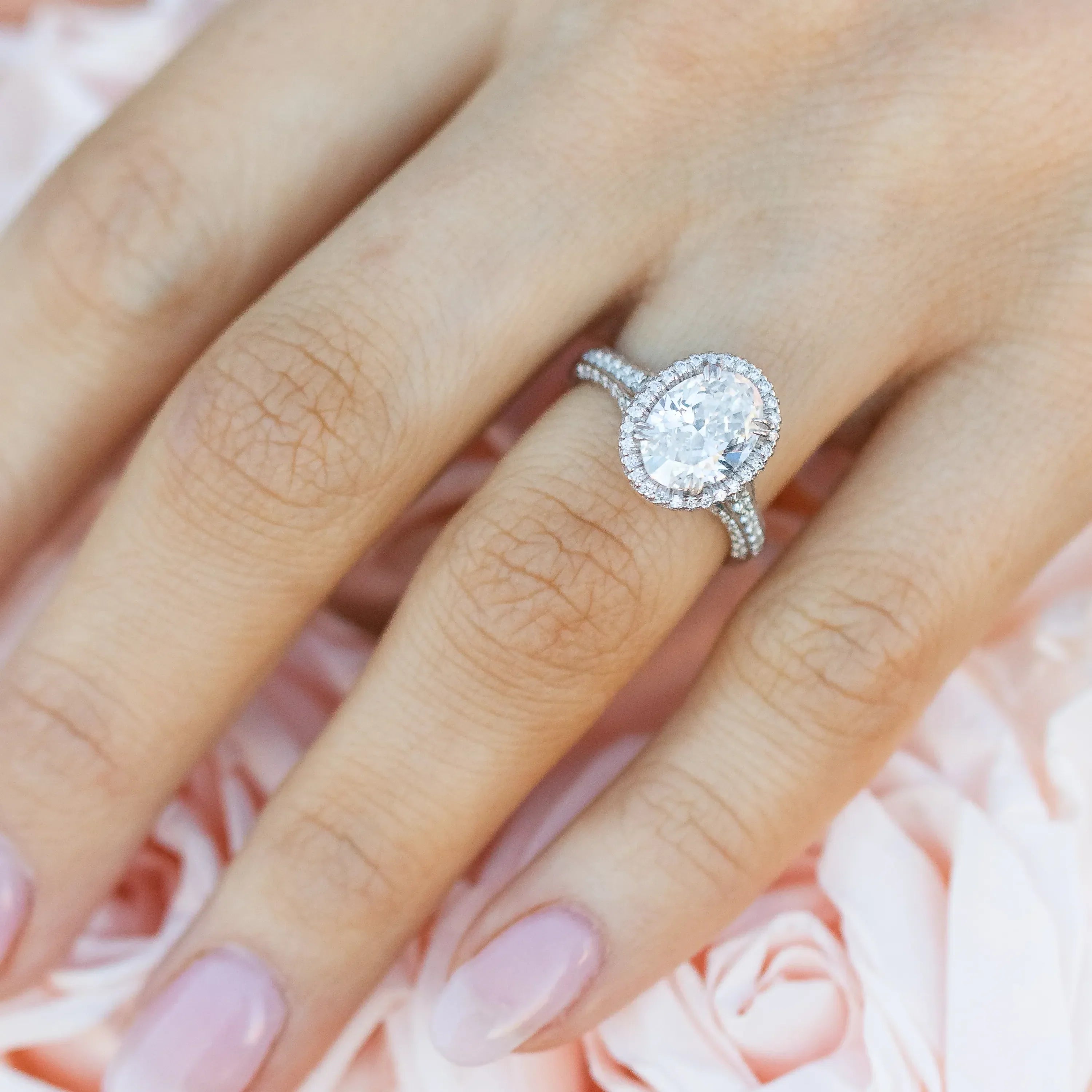
The Start of a Tradition
From a sweet surprise at dinner, to a big stunt at a sporting event, presenting a ring to the person you love is how it all starts. Engagement rings have been around for centuries, going all the way back to Roman times. Many things have changed through the years, but throughout time, engagement rings have always been the beginning of a new adventure.
Roman Origins and Symbolism
The ancient Romans believed began the tradition of wearing an engagement ring on. In those days, however, the ring wasn’t just for romance. It was considered a sign of “ownership,” or to let others know a woman was spoken for. These were the days of dowries and contracts, and the ring was a part of that “transaction.” But the Romans weren’t all business. They also believed in vena amoris, or “the vein of love,” that went from the heart to the fourth finger of the left hand.
Centuries of Change
As centuries passed, the tradition of the engagement ring continued to evolve. Different metals were used, and some European societies chose the right hand, instead of the left, for the ring’s placement. It would be centuries before it would become a symbol of romance, as the church became more involved declaring marriage to be a sacrament rooted in love.

The First Diamond Proposal
The ring became popular with nobility, and it’s believed that the Archduke of Austria may have given the first diamond engagement ring when he asked Mary of Burgundy to be his bride in 1477. This was a time of royalty, and jewelry was a luxury only of the wealthiest.
Gimmel Rings: A Union Symbol
In the 16th and 17th centuries, gimmel rings began to appear. These were rings worn by both the man and woman, designed to be interlocking. On the wedding day, the groom would give his ring to the bride, and it would be joined together once again. Some versions of gimmel rings were made in three parts, with the third being held by a witness until the wedding day.
Posy Rings: Love and Friendship
Posy rings, from the French word “poésie,” meaning “poetry,” became popular in England and France. A reference to a “posy of a ring” appears in Shakespeare’s Hamlet and were given in both love and friendship.
Popularity in the 1800s
It wasn’t until the 1800s that engagement rings gained wide popularity. As metalworking became more common, and the addition of gemstones more widely used, engagement rings became more accessible to many. There were as many varieties as there were cultures and religions by then. Designs became more intricate, and societies were adopting more Victorian aesthetics.
Diamonds Take Center Stage
As the 20th century dawned, diamonds became the gem of choice. Metals and sizes would change as the world dipped into a global depression, and into two world wars. Rings were commonly made of platinum until World War II came, and platinum gave way to gold.
After the war, and with more prosperity, we were introduced to the phrase “A Diamond is Forever” from a famous advertising campaign. But it was perhaps Marylin Monroe’s performance in Gentleman Prefer Blondes when she sang to the world that “a diamond is a girl’s best friend,” that diamonds became the main gem of engagement.
Modern Trends in Gemstones
Today, we see the trend changing. Diamonds are still the popular choice, but other gems are making their way back. Celebrities and high fashion still lead the trends, including the splash made when Kate Middleton wore the ring Prince William gave her. A blue sapphire once worn by his late mother, Princess Diana.
New Beginnings
The options are nearly endless, and couples are always finding new ways to begin their journey together. And it all starts with a simple ring.
Visit Schiffman's Jewelers at one of our Greensboro or Winston-Salem locations to explore our wide selection of engagement rings.

